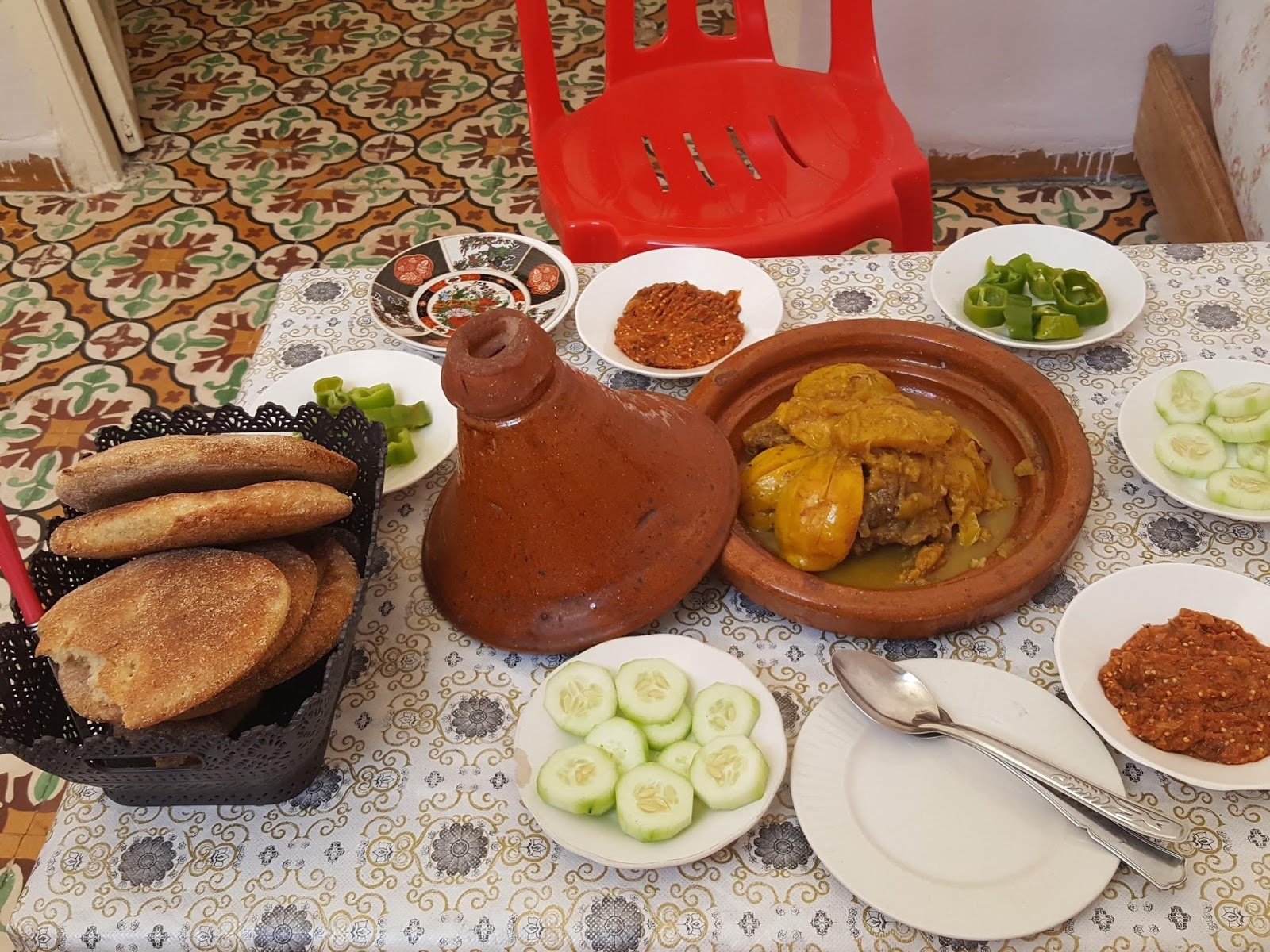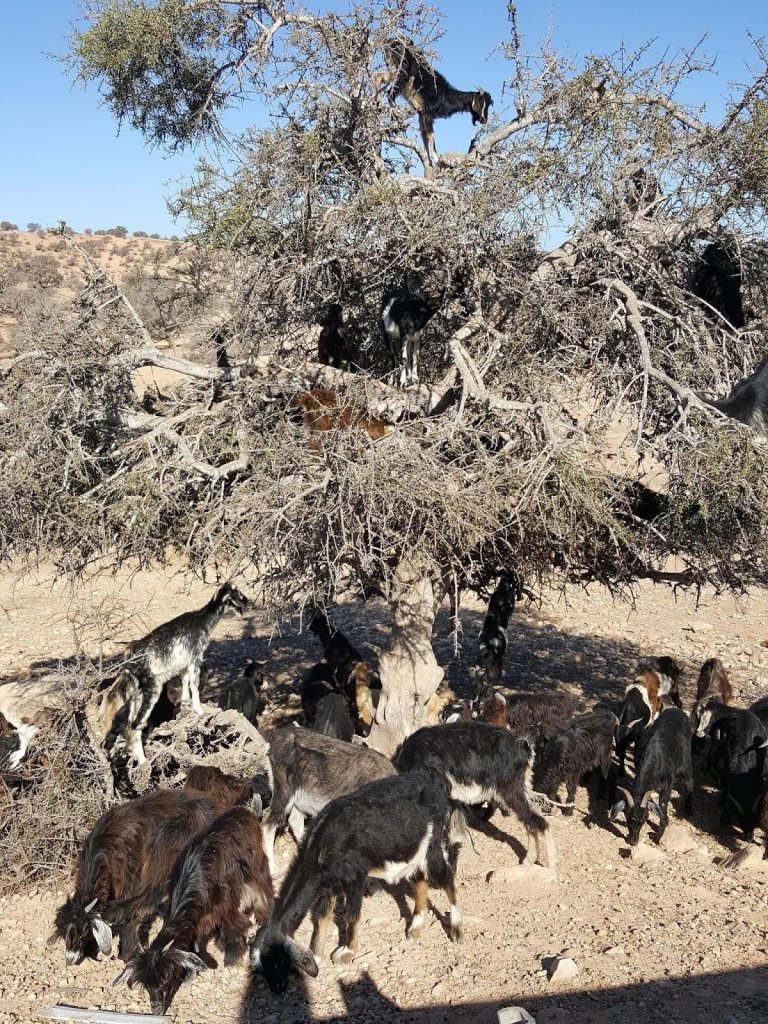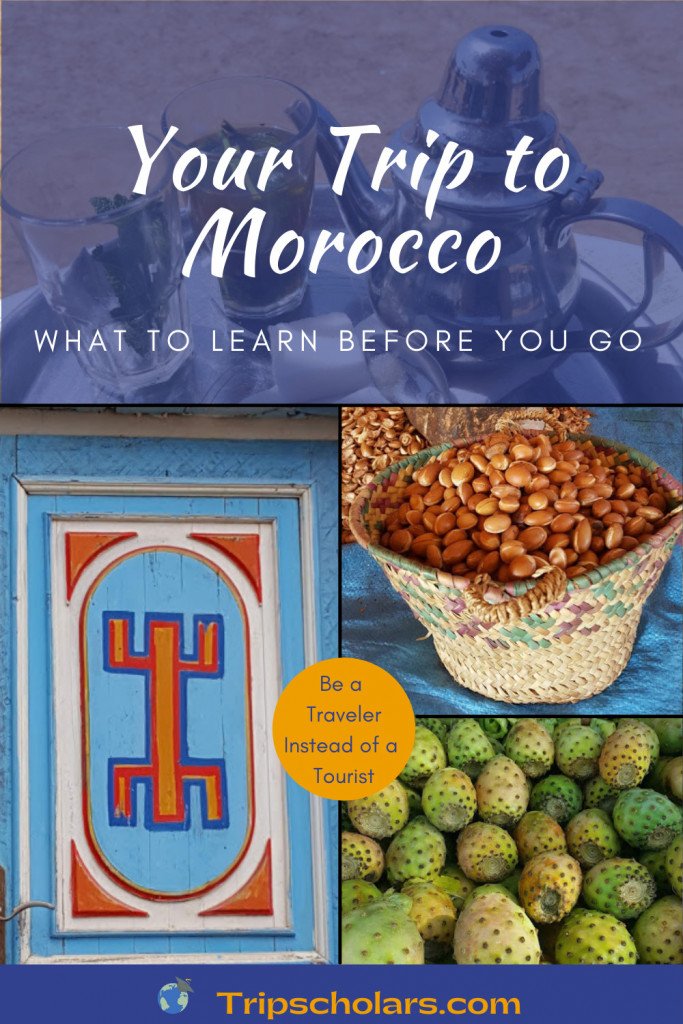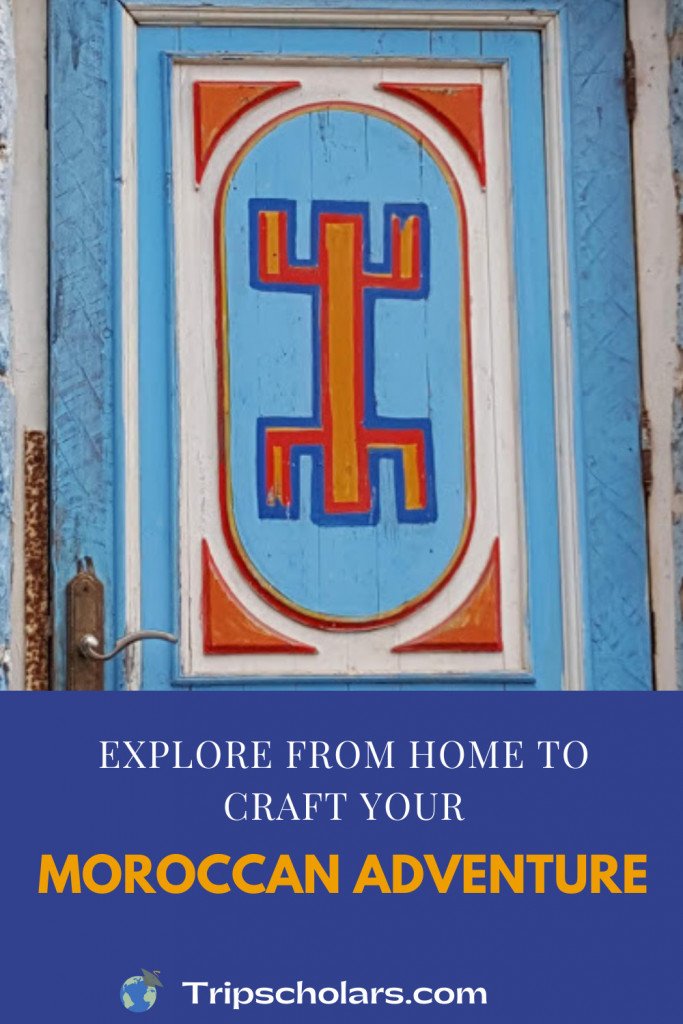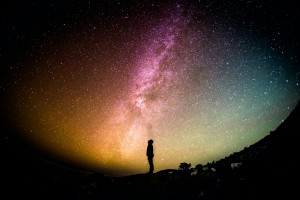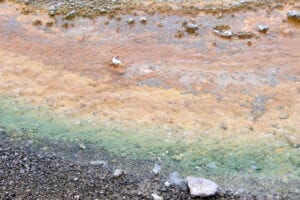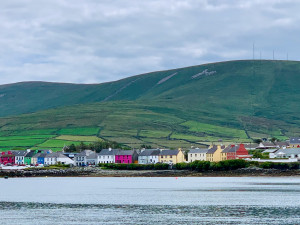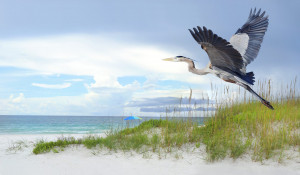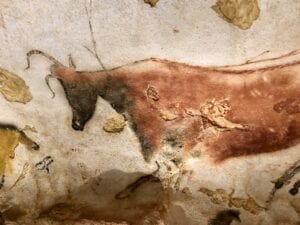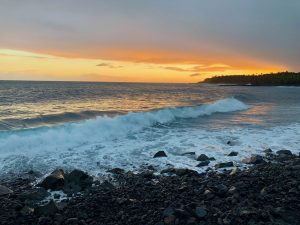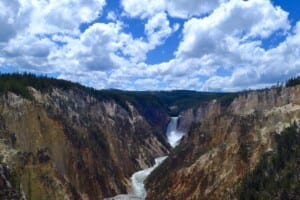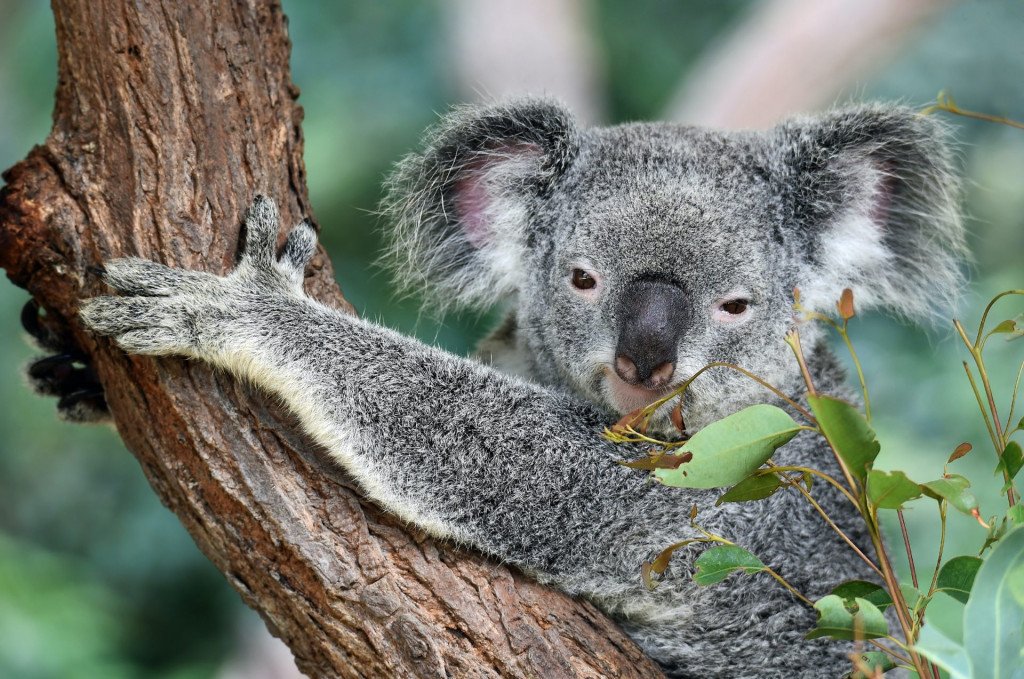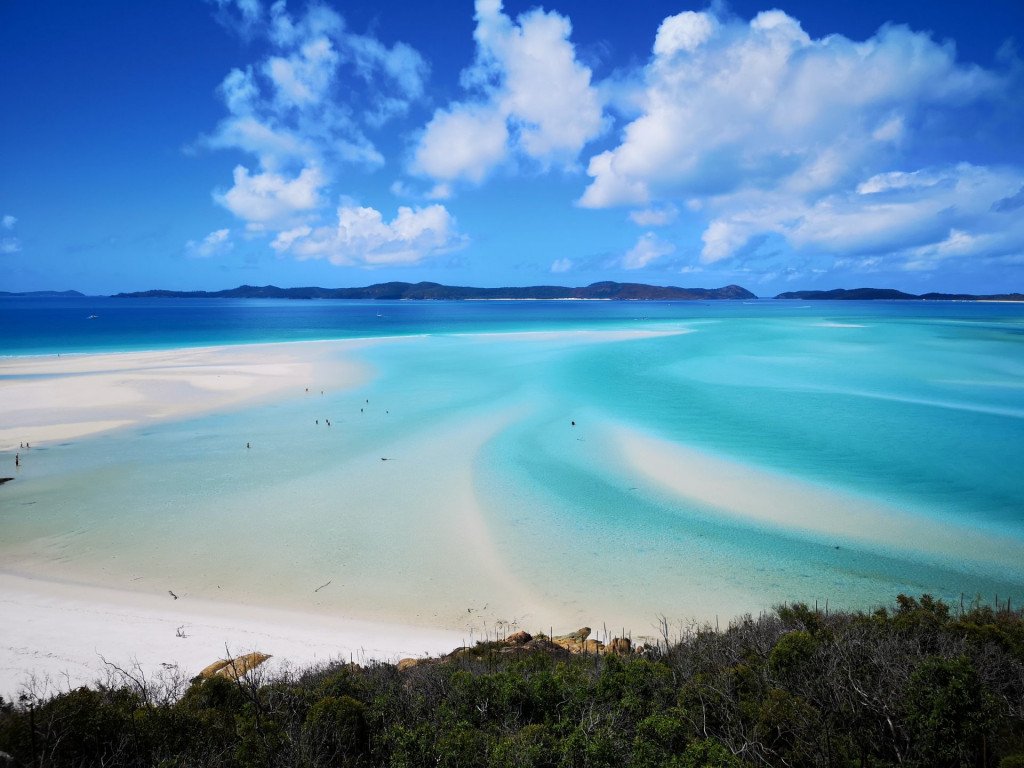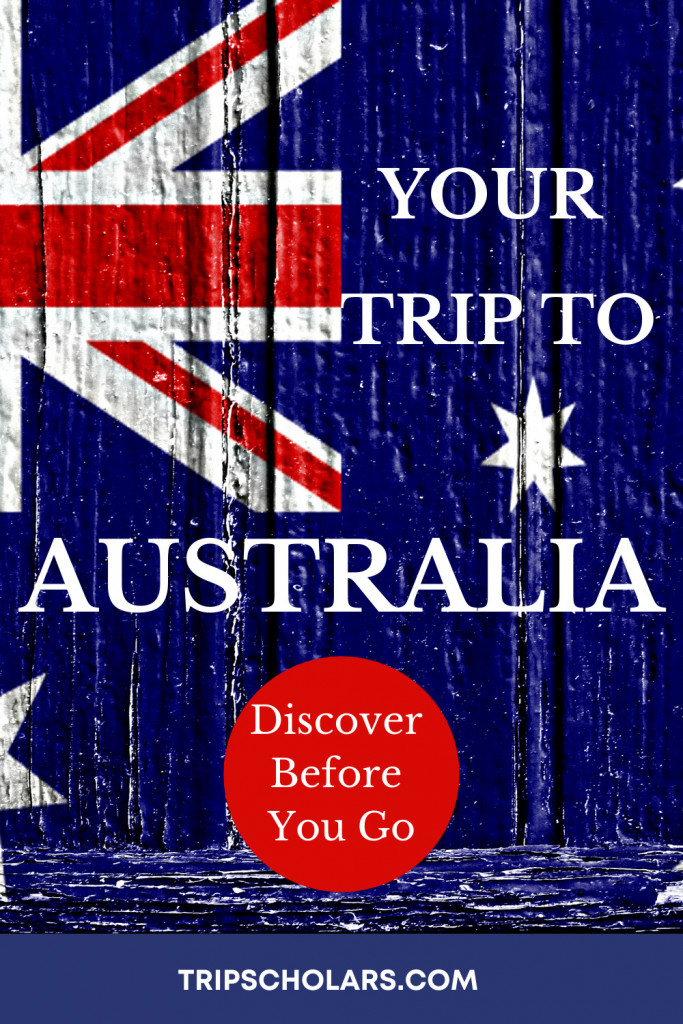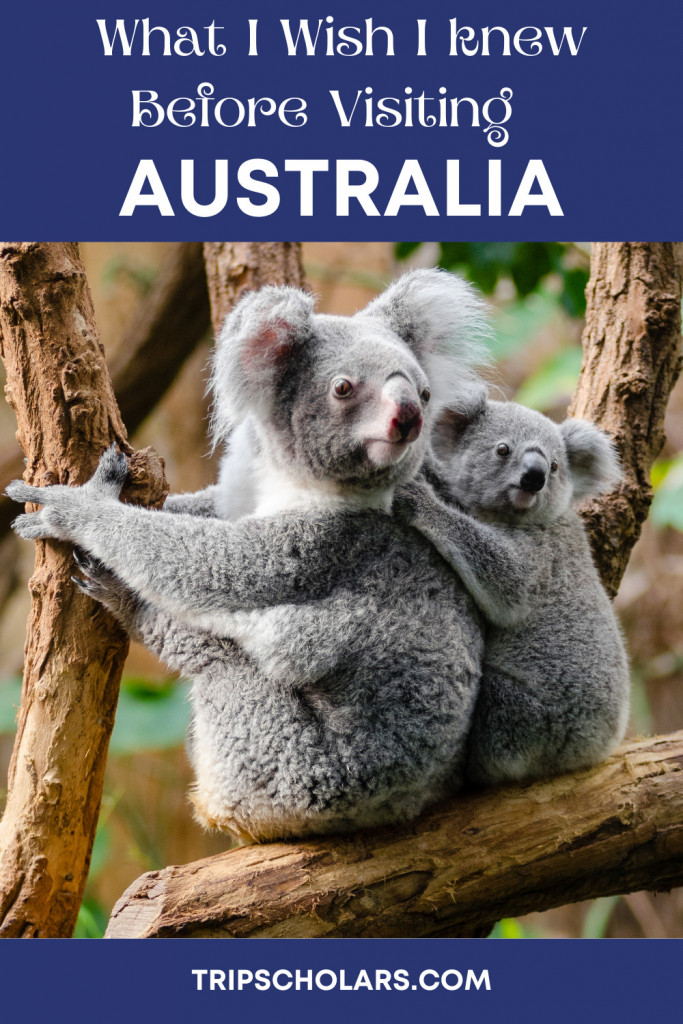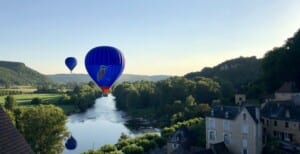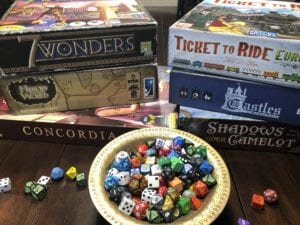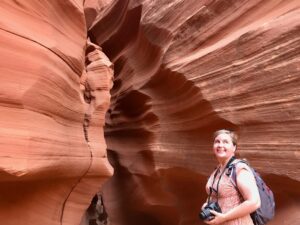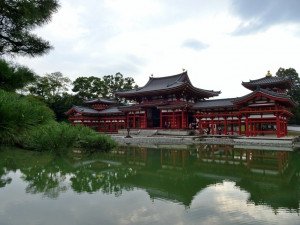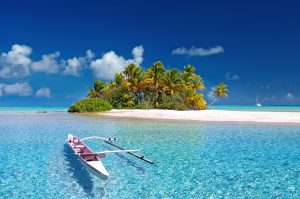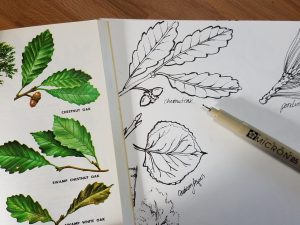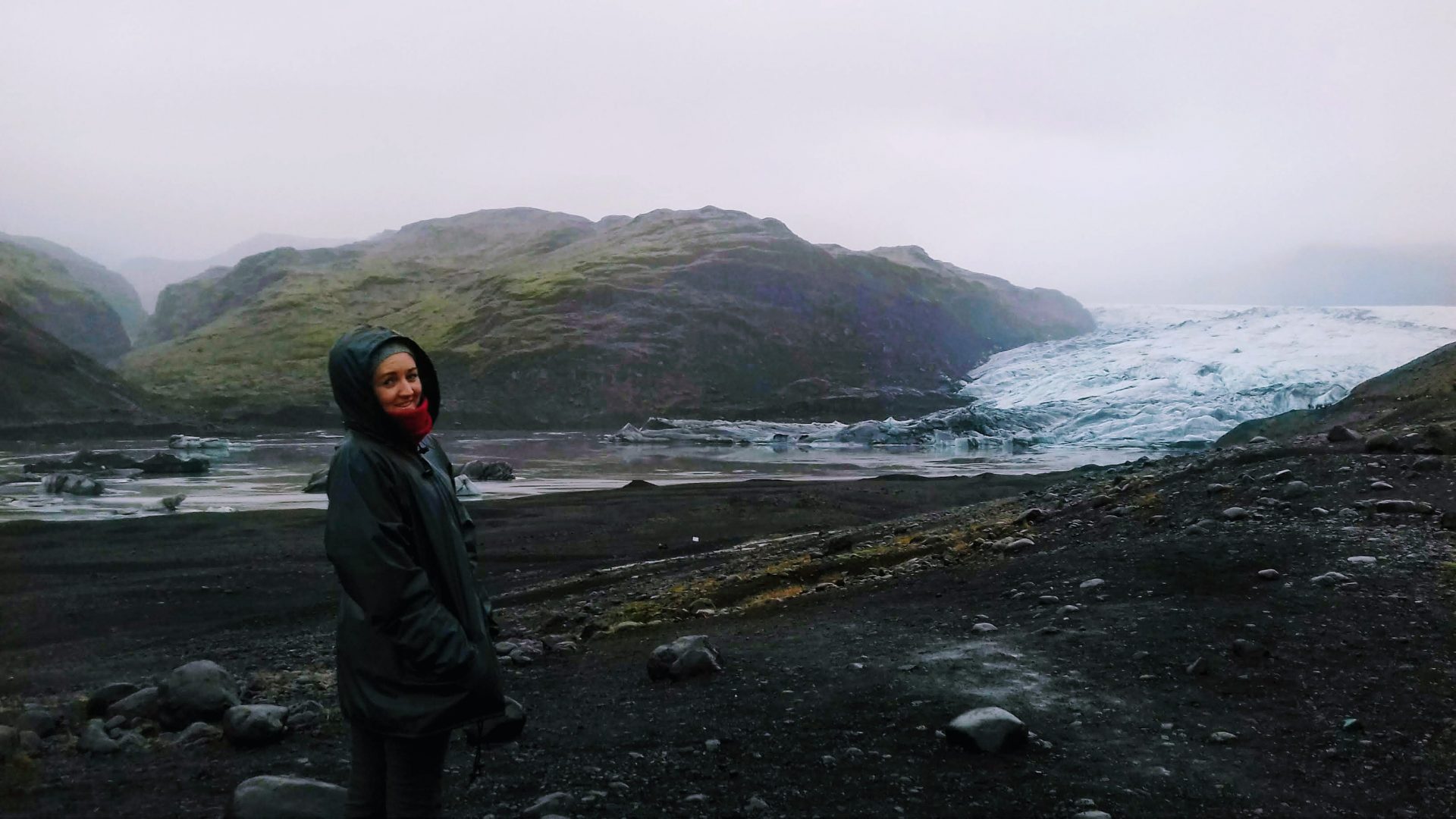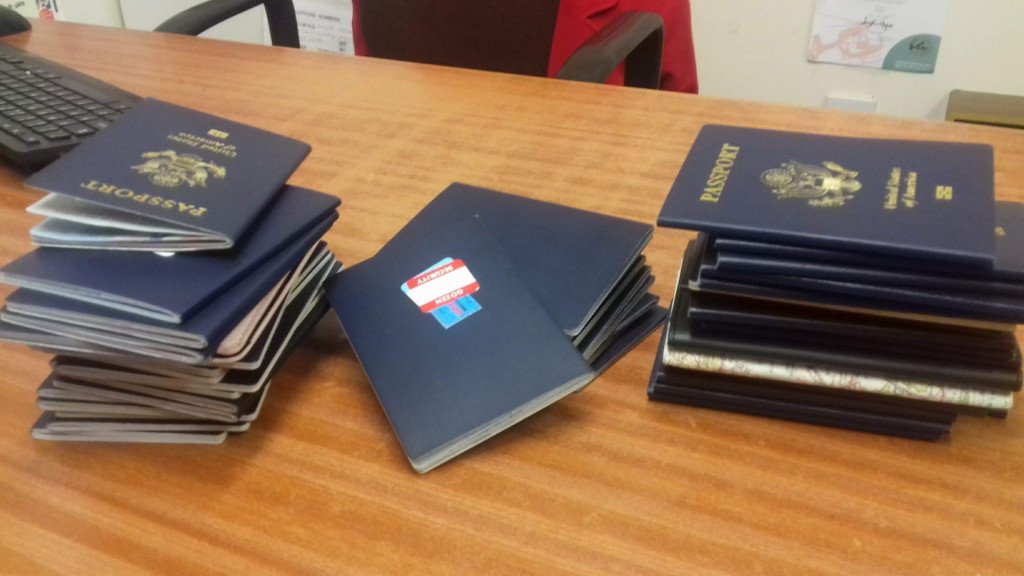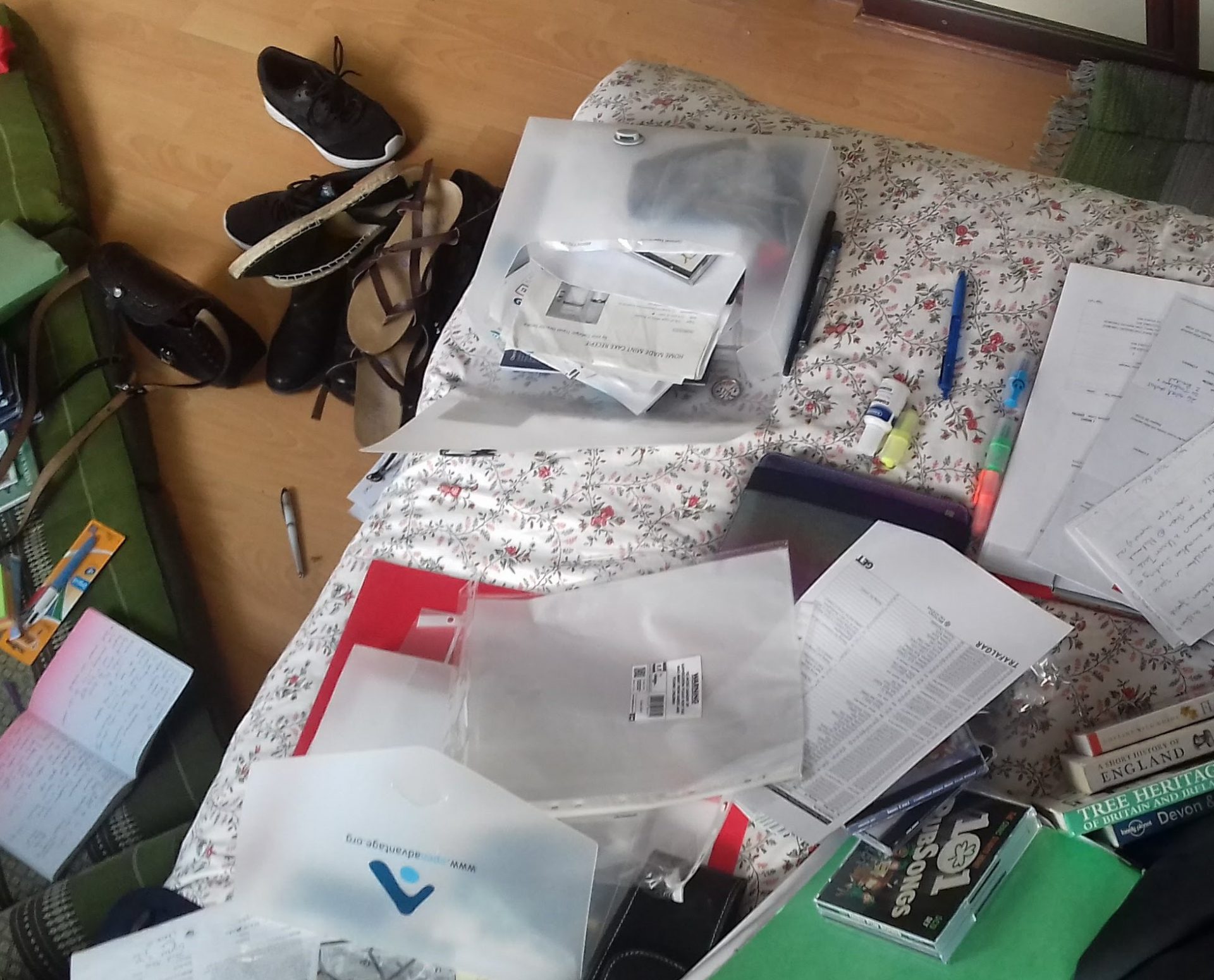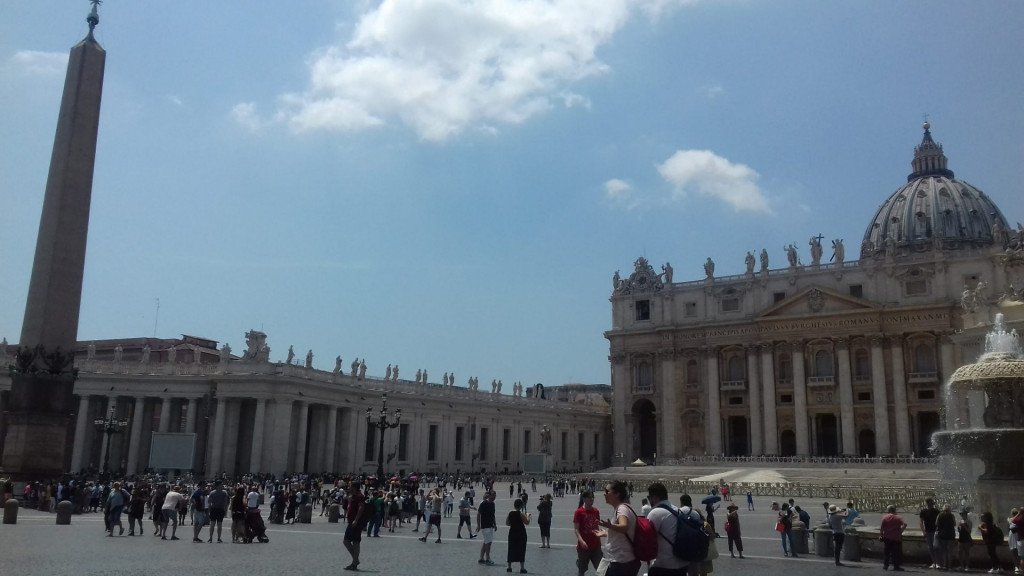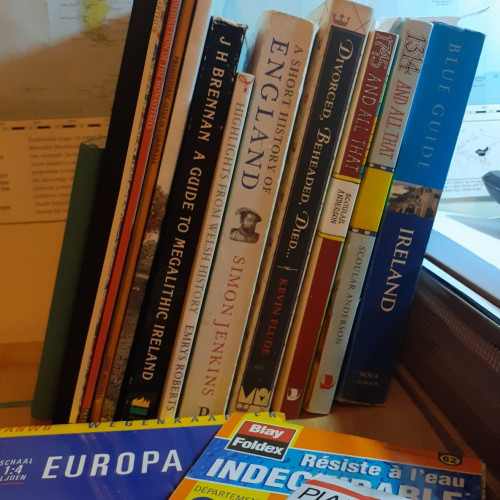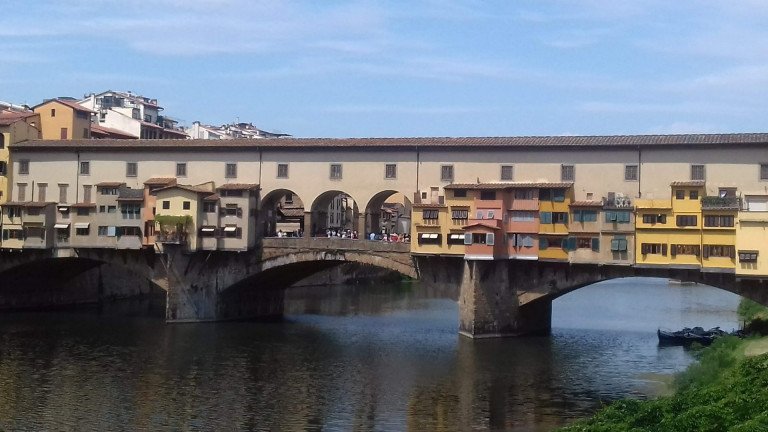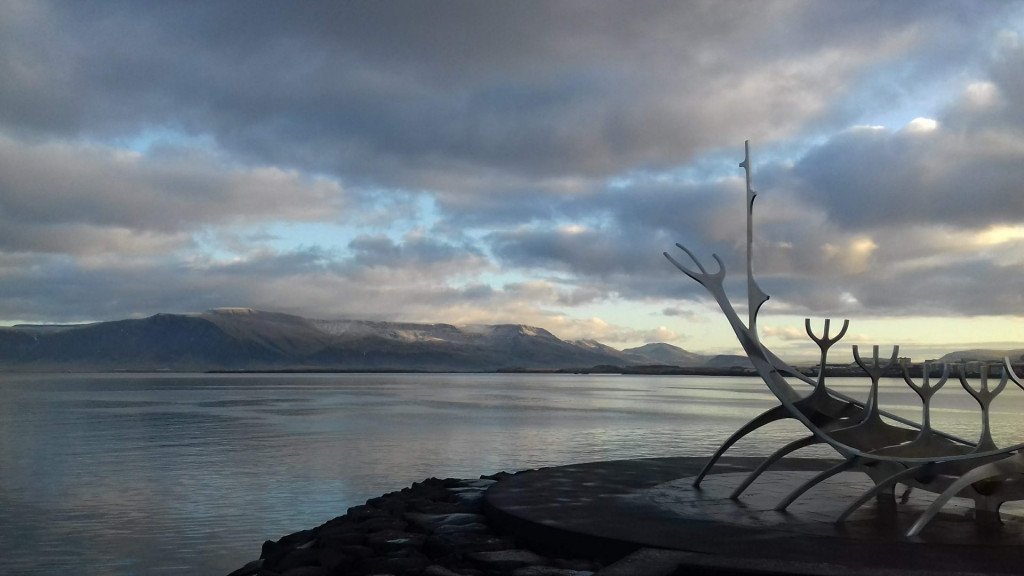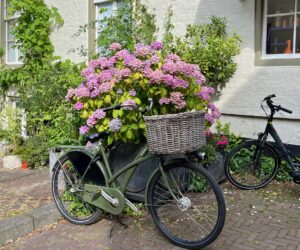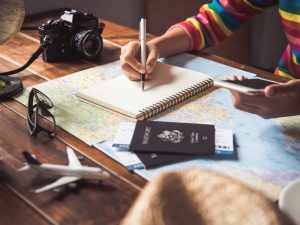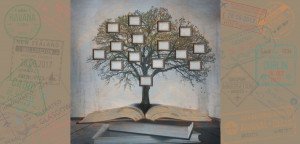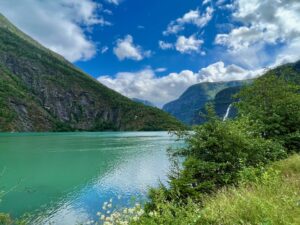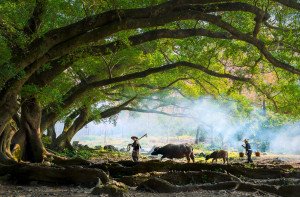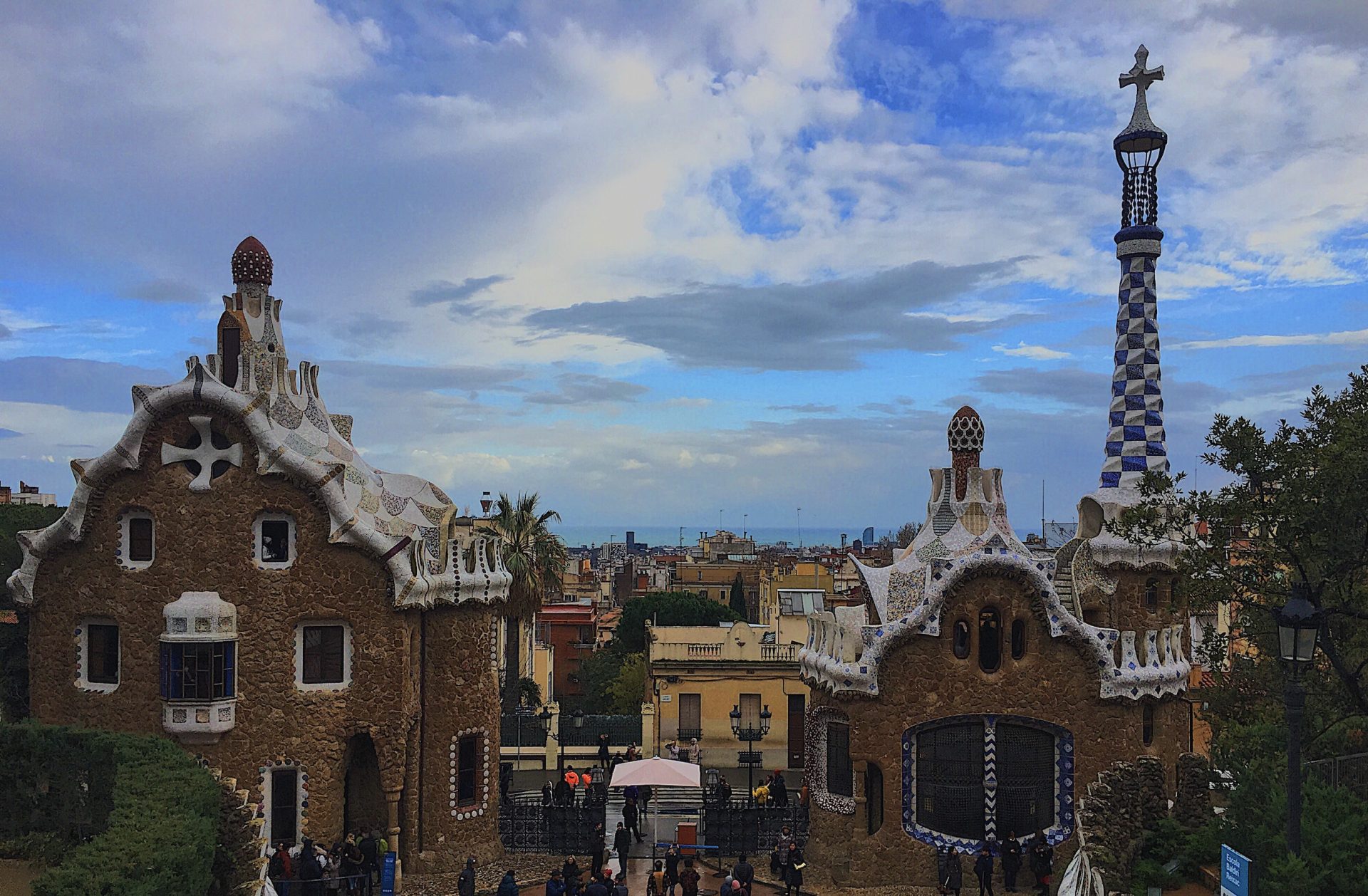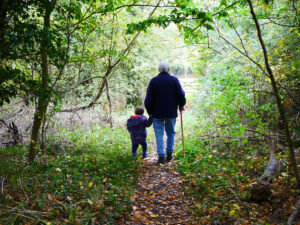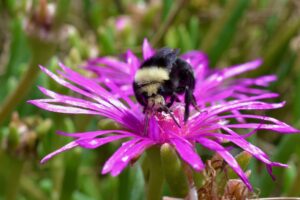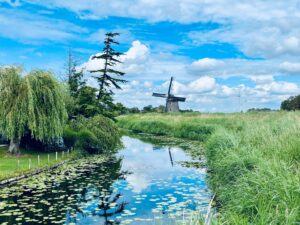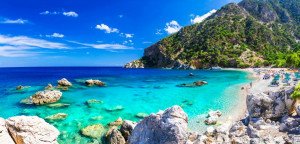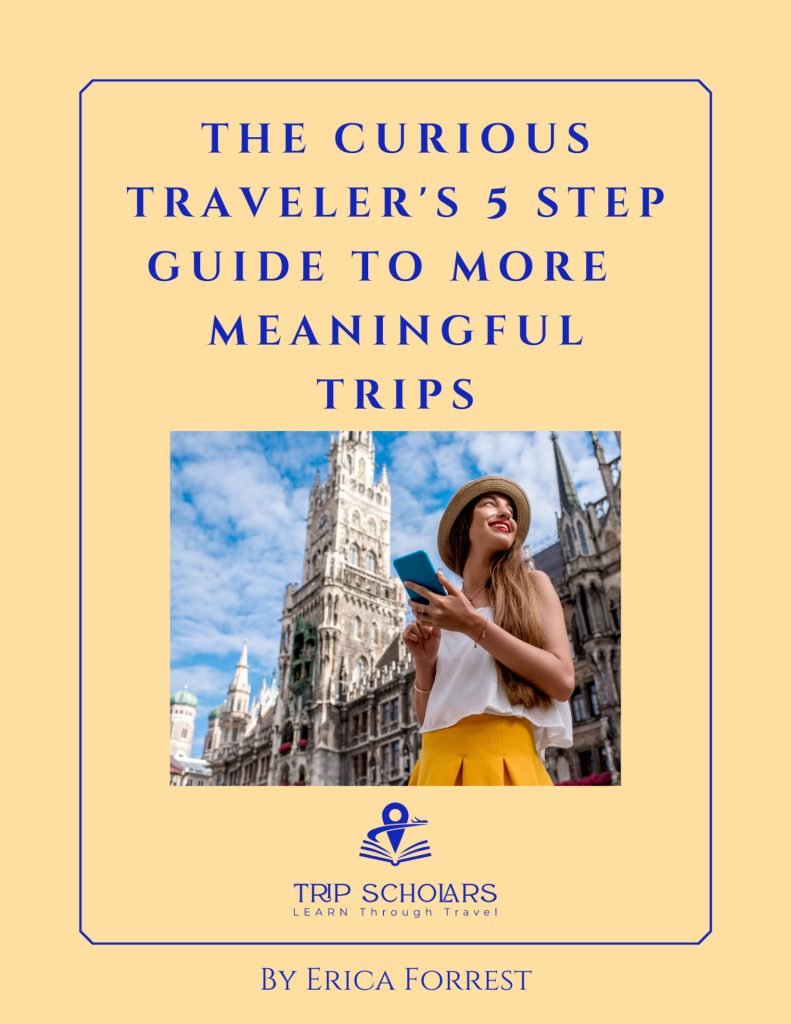Explore From Home to Plan Your Own Moroccan Adventure
Sheep and quince tagine and other delights, local home, Fez. Photo by J.T.
This post may contain affiliate links which means Trip Scholars may make a small commission (at no extra cost to you) if you make a purchase. As an Amazon Associate I earn from qualifying purchases. Read more here. Thanks for helping us keep the lights on!
“No matter what you cook, put this in, everybody will love it!” claimed the spice merchant, gesturing to an enticing dune of ochre powder labelled “secret mix”. The seasoning looked earthy and smelled heavenly, so I took her word for it and wandered out of the old medina with a sack of ras al-hanout in hand. Ras al-hanout translates to “head of the shop” in Arabic, and while this signature spice blend often contains pepper, ginger, cinnamon, and roses, the mix varies wildly according to the maker’s pleasure. So, too, with Morocco– its rich history and astounding variety of landscapes and cultures make just about any visit a unique, pleasing, and very personal blend of experiences.
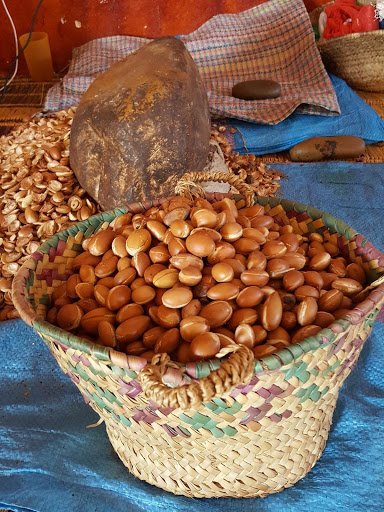
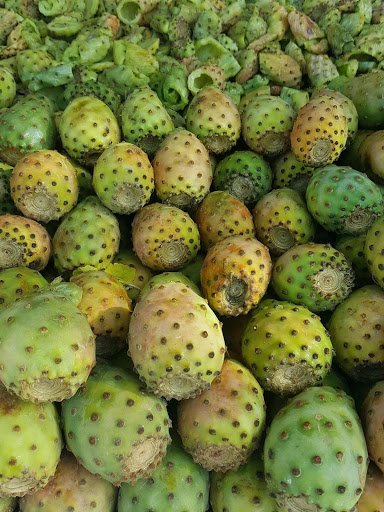
While I always recommend leaving room in your travels for unexpected delights, when adventuring in Morocco it’s helpful to narrow down some specific ideas of how you want to spend your time, as the possibilities are multitudinous. Morocco is roughly the size of California, equally varied in terrain, and arguably even more varied culturally. Do you want to ski the Atlas mountains? Surf the African coast? Trek into the Sahara desert on a camel? Explore caves? Shop the souks? Meet the people? Learn Darija (Moroccan Arabic) or Tamazight (one of the indigenous Berber languages)?


I had two weeks to spend in Morocco and a handful of goals shaping my pre-trip research, among them: to surf, to explore the Roman ruins of Volubilis, and to hear the call of the muezzin (who chants the five-times daily call to prayer for observant Muslims). I was a woman planning to travel alone to a country I’d never visited before and where I did not speak the language, so this informed my studies as well. Your “must-do” list will surely differ from mine, but as you plan your travels the resources below are a good starting point no matter what you plan to do in Morocco.
Enrich your experience by studying the history of Morocco
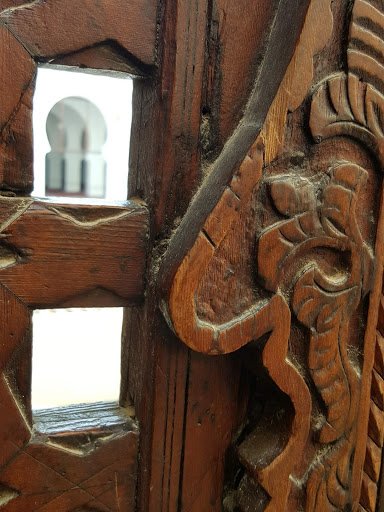
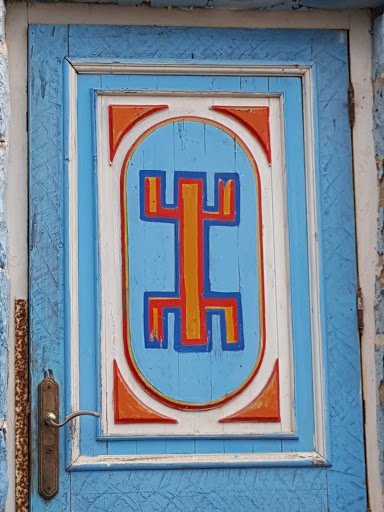
It will greatly enrich your experience to understand at least a bit of the complex history of the country, peopled at various times by the Amazigh (Berbers), Phoenicians, Carthaginians, Romans, Vandals, Byzantines, Arabs, Portugese, Spanish, and French! Any article about Moroccan history will necessarily be long, but this piece gives more context than most, addressing current political issues and staying engaging throughout.
Merci, shukran, tenmeert: the words to learn before you go

Darija, French, and Amazigh languages are widely spoken throughout Morocco. Spanish and English are also spoken, but much less frequently. Honestly, you’ll go a long way with just three words in Morocco, one from French, one from Darija, and one from Tamazight: “merci”, “shukran”, “tenmeert” – “thank you, thank you, thank you”! I found it helpful to brush up on my rudimentary French with Duolingo, a language-learning app which can also teach you basic French phrases from scratch.
Understand how to be a traveler in Morocco
I encountered a warmhearted generosity of spirit wherever I went in Morocco. As a solo traveller, I did do a little extra research beforehand in the interest of safety and in order to be respectful of cultural norms. I found MarocMama a good starting point for people of all genders.
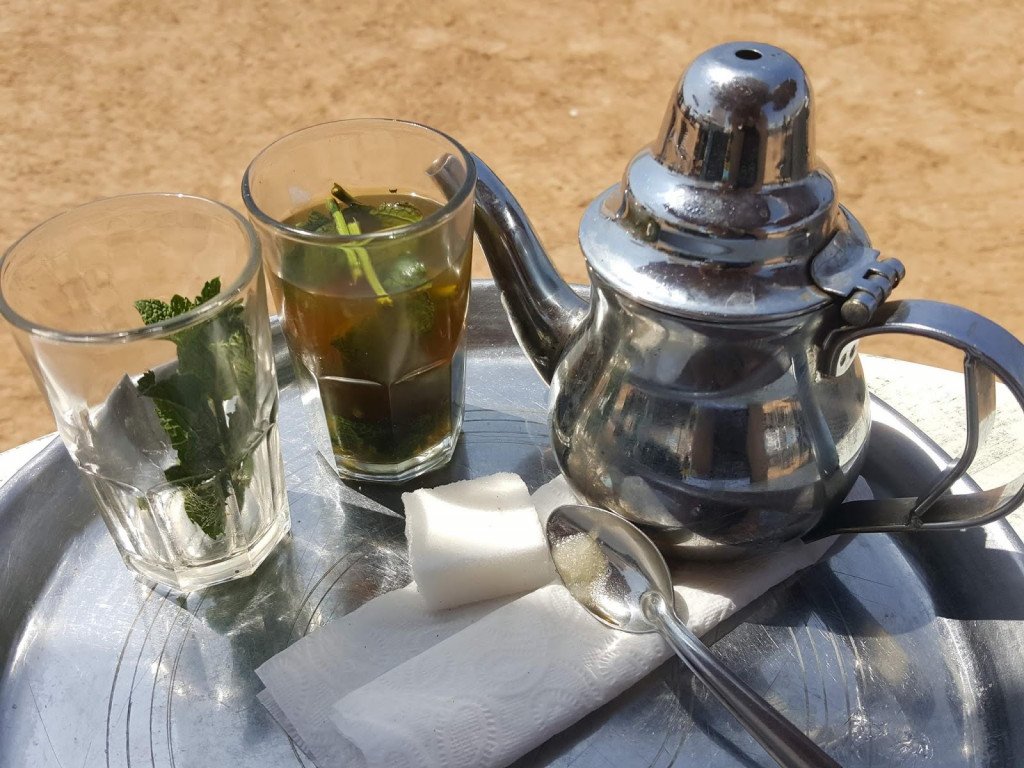
Delight the senses
Immerse yourself in the sounds and scents of northwestern Africa with the album Morocco: Crossroads of Time. The liner notes give excellent information about Moroccan music’s many influences, as well as recipes for hearty chickpea soup and achingly sweet Moroccan mint tea.
Discover hidden Moroccan gems
This lush “food forest”, thick with pomegranates, dates, quince, and more, inspired similar projects as far away as Seattle. It’s a lovely example of indigenous ingenuity and Morocco’s practical beauty, an unexpected emerald set in an arid terrain of scrub brush, tough little goats, and fossil ammonites.
Savor memories made in Morocco

However you decide to blend your trip, if you keep an open mind and heart you’ll savor the spice of Morocco long after your return. Back home, 6,000 miles away from the Fez medina, I cook dinner with my own ras al-hanout and the fragrance rises like a prayer, reciting over and over: “merci, shukran, tenmeert”.
This guest post was contributed by J.T.
j-t
DO YOU WISH YOU COULD TRAVEL MORE?
Let's Connect
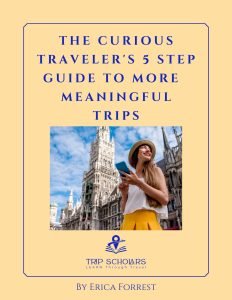
I’d like to send you a free gift!
The Curious Traveler’s 5 Step Guide to More Meaningful Trips
Thank you!
You have successfully joined our subscriber list.
